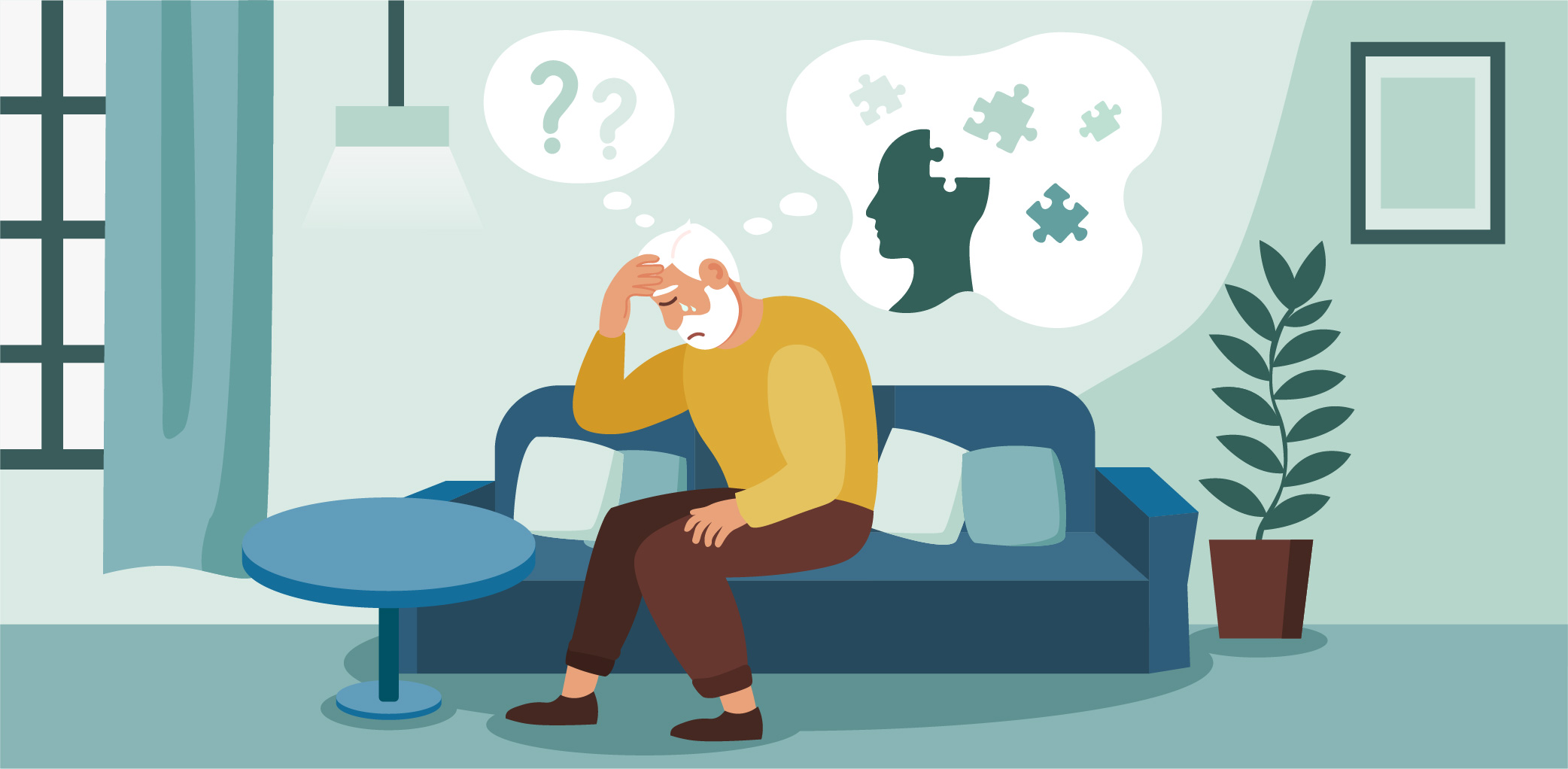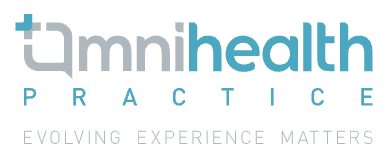Transcutaneous spinal cord stimulation found to be safe and effective for enhancing upper extremity function after spinal cord injury
6 Jun 2024
Share
Cervical spinal cord injury (SCI) leads to upper extremity impairment which can significantly impact the quality of life (QoL) of patients.1 ARCEX Therapy, an external device that delivers targeted transcutaneous spinal cord stimulation, has been developed to facilitate functional recovery in SCI patients.1 At the AAN 2024 Annual Meeting, Dr. Candace Tefertiller from Craig Hospital, Denver, the United States (US), presented results from the Up-LIFT Pivotal and LIFT Home trials which were conducted to assess the safety and effectiveness of ARCEX Therapy delivered during functional task practice (FTP) in improving upper extremity strength and function among participants with chronic cervical SCI in the in-clinic and at home.1
In the Up-LIFT trial, 65 individuals aged 22-75 years with chronic, incomplete cervical SCI (C2-C8 inclusive, American Spinal Injury Association Impairment Scale [AIS] grade B, C or D) were enrolled across 14 sites in the US, Canada, United Kingdom and the European Union.1 All individuals first underwent a 2-month, intensive, standardized, in-clinic rehabilitation program (FTP-only phase), followed by ARCEX Therapy with rehabilitation (FTP + ARCEX Therapy phase) for an additional 2 months.1 Sensorimotor assessment scores and patient-reported outcomes were recorded at baseline and following each month.1
The primary safety endpoint was the incidence of device-related serious adverse events, while the primary effectiveness endpoint assessed if participants achieved clinically meaningful improvements (≥1 strength and ≥1 function metric) during the FTP + ARCEX Therapy phase.1 Responder criteria were defined as: ≥2-point improvement in International Standards for Neurological Classification of Spinal Cord Injury-upper extremity motor score (ISNCSCI-UEMS), ≥2.4N for pinch force, ≥6N grasp force, or ≥ 4 points in the Graded Redefined Assessment of Strength, Sensation and Prehension (GRASSP) strength.1
Secondary analyses compared responder rates and improvements in sensorimotor and QoL outcomes between FTP + ARCEX Therapy and FTP alone.1 These included significantly higher responder rates (83% vs 63%, p=0.012) and greater gains in measures like pinch force, GRASSP, ISNCSCI-UEMS and ISNCSCI-Total Sensory Score, and the European 5-Dimension 5-Level Quality of Life Questionnaire (EQ-5D-5L) QoL after the combined therapy.1
No device-related serious adverse events were reported and 72% of participants (n=60) met the responder criteria during the FTP + ARCEX Therapy phase, with significant improvements across all strength and function metrics except pinch force.1 Secondary analyses found significantly higher responder rates after FTP + ARCEX Therapy compared to after FTP alone (83% vs. 63%; p=0.012), as well as greater improvements in sensorimotor outcomes such as pinch force (7.3 vs. 2.6; p=0.002), GRASSP Prehension Performance (2.9 vs. 1.3; p<0.001), GRASSP Strength (6.4 vs. 3.6; p<0.001), ISNCSCI-UEMS (2.3 vs. 0.2; p<0.001), ISNCSI-Total Sensory Score (7.8 vs. -1.8; p<0.001) and QoL (EQ-5D-5L: 6.5 vs. 4.8; p=0.028).1 Responder rates also varied by AIS subgroup (AIS B: 44%, AIS C: 89%, AIS D: 61%).1
In the LIFT Home trial, 17 individuals who had completed the Up-LIFT trial within 12 months received an additional 1 month of FTP + ARCEX Therapy at home with caregiver aid.1 The trial aimed to establish the safety and feasibility of home-based ARCEX Therapy.1 Similar to the UP-LIFT trial, there were no device-related serious adverse events reported during at-home therapy.1 Feasibility was assessed by comparing at-home to in-clinic treatment adherence, which was high – participants completed equivalent numbers of sessions per month (12.3 at home vs. 13.0 in clinic; p=0.168).1
Effectiveness after 1 month of at-home therapy was also evaluated. CUE-T scores (mean change=2.2; p=0.025) and pinch forces (mean change=6.9N; p=0.02) significantly improved, while other in-clinic gains were maintained or further extended.1 Patient-reported outcomes also showed benefits, including reduced pain (International Spinal Cord Injury Pain Data Set [ISCIPDS] score mean change=-0.6; p=0.019), improved psychological health (World Health Organization Quality of Life Brief Version [WHOQoL-BREF] mean change: 3.4; p=0.025), and better self-care (Spinal Cord Independent Measure [SCIM III] mean change=0.2; p=0.042).1 These results supported the safety and feasibility of delivering ARCEX Therapy in the home setting.1
In summary, the results of these trials show that when delivered during FTP either in-clinic or at-home, ARCEX Therapy is a safe and effective treatment to improve upper extremity strength and function in patients with chronic, cervical SCI.1 Sensorimotor improvements also translated to improvements in self-reported measures of QoL in both trials.1 Moreover, therapy dosages achieved at home were equivalent to those completed in-clinic, highlighting the system usability, treatment adherence and logistical advantages of at-home access to therapy.1
References
- Tefertiller C, et al. Transcutaneous Spinal Cord Stimulation (ARC EX Therapy*) is Safe and Effective at Improving Upper Extremity Function Following Spinal Cord Injury. Results from the Up-LIFT and LIFT Home Trials. Presented at the American Academy of Neurology (AAN) 2024 Annual Meeting; April 16, 2024



